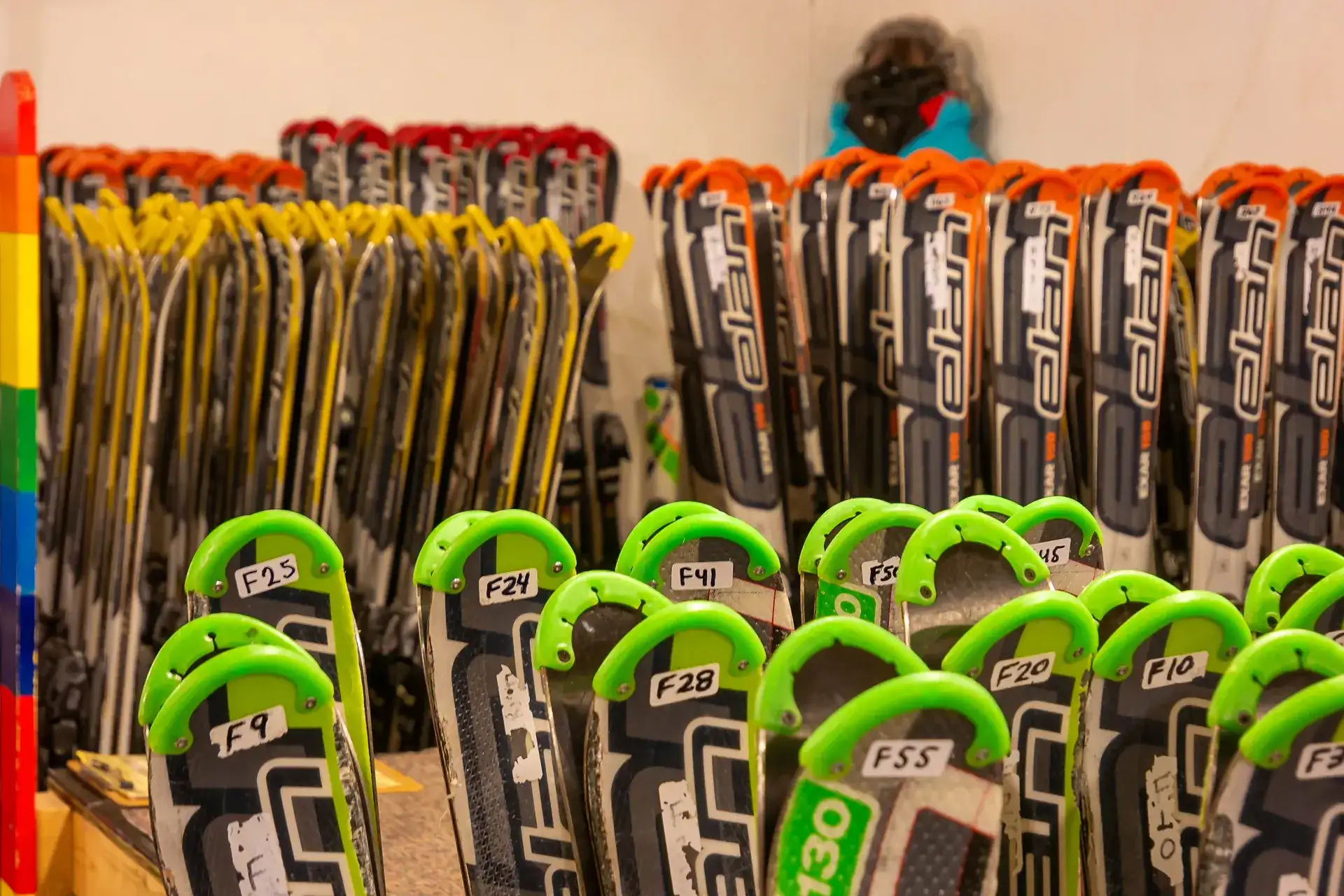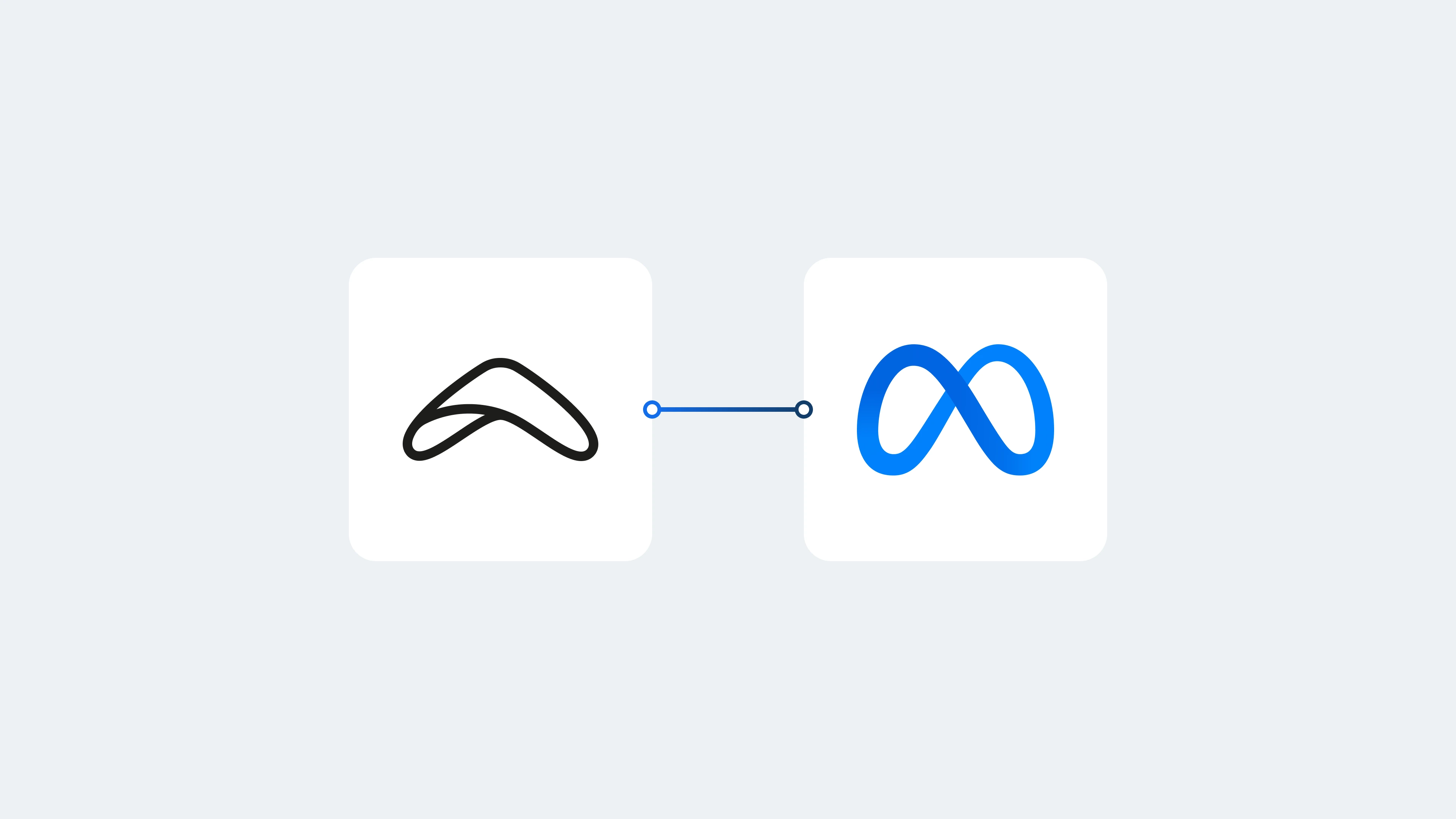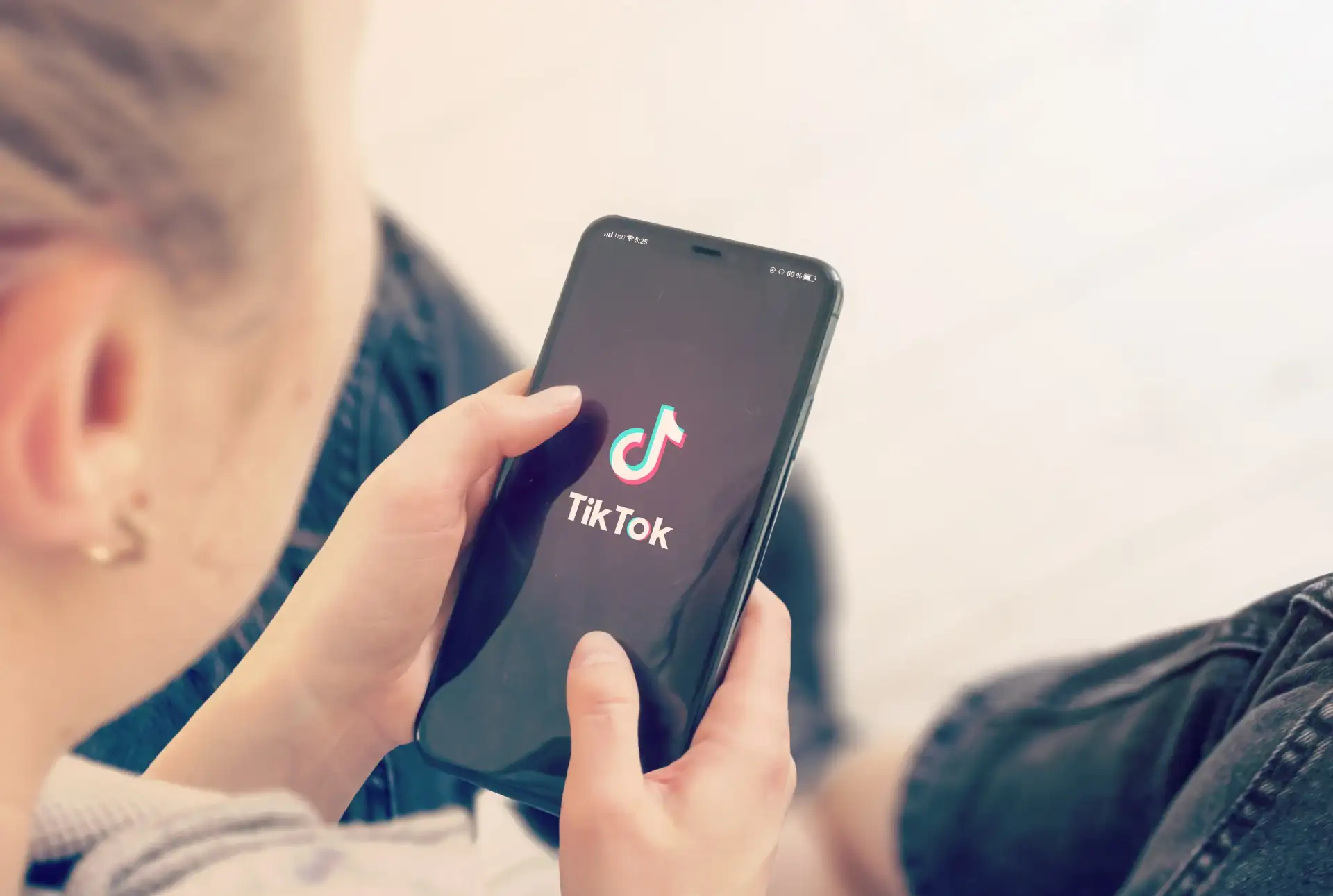Whether you’re setting pricing or updating pricing for equipment rentals, deciding what to charge is challenging. The goal for all rental businesses is always maximizing profit and minimizing headaches. However, the path to achieving this isn’t as straightforward as you might think. You must find where you fit in the market, which is often the most challenging task.
Most new and existing rental businesses fear how their pricing compares to competitors and others in their industry. It is logical to have this viewpoint, as 72% of businesses that fail see a direct correlation with their pricing. Pricing yourself too low risks being seen as the budget option, while pricing yourself too high can put you out of reach for your desired customers.
There are many ways you can approach the pricing of your equipment rentals, so let’s go through everything you need to consider when creating your pricing structure. This will include determining your minimum price, your market fit, and why it might be better for you to charge more than your competitors for your equipment rentals.
How to calculate equipment rental rates
Most rental companies will look at the retail cost of a product and price their rentals at a comparable rate. Rental expert Rhen Hoen considers this a good starting point but says it fails to account for many other factors that are important to rental pricing. He says rental businesses should also asses the minimum viable price, seasonality, and market value.
It can be tempting to take the percentage-based pricing route as it is easy to follow: 3-5% for daily rentals and 10% for weekly rentals. However, just because it’s easy and many other rental businesses do it, this doesn’t mean that it’s the best way to determine the most effective pricing. So, let’s explore what essential factors you should consider when pricing your rentals.
Determine your minimum rental price
Determining your minimum rental price gives you a great starting point for how you should price your rentals. It gives you room to increase pricing, knowing that you won’t be hurting your bottom line. To calculate the lowest rate you can charge without losing money, you need to account for three main factors:
- The retail cost of the item.
- The estimated resale value of the item.
- The expected lifetime/rental days of the item before it needs to be replaced.
As an established business, you can look back at your inventory usage and determine these values. As a start-up, it can be harder to estimate these values, but a rough idea will do for these calculations, as long as you are conservative with your estimates.
The next step is to add these values to the following equation: (retail price - resale price) / expected rental days = minimum daily rental rate.
Don’t forget overhead costs
Of course, this value isn’t the true minimum rental price of your item because it doesn’t account for those pesky overhead costs. So, how do you find the true break-even point for your rental pricing? You need to take into account the cost of running your business daily. For this, we need to consider the following fixed costs associated with a business operation:
- Website hosting
- Software subscriptions
- Rent
- Labor
- Taxes
- Marketing
- Service bills (electricity, internet, etc.)
To determine your daily overhead costs, you need to take your annual expenses and divide them by the number of days per year you expect to rent out an item. Then, you need to add this figure to the minimum daily rental rate calculated above, and you will find your true break-even point, aka the absolute minimum you can charge without making a loss.
Rental price
This rental price is a rough estimate of how you could price your rental products based on your information.
It includes a reasonable profit margin and assumes a realistic utilization rate.
Start a free trial to discover equipment pricing options
Disclaimer: This is not legal advice. By submitting your email address you are agreeing to receive marketing emails from Booqable. You can unsubscribe at any time.
Seasonality
It’s also important to consider that your rental rates aren’t set in stone, and you may choose to adjust them seasonally depending on demand. Generally, during periods of low demand, you will want to lower your prices, and during periods of high demand, you will want to raise your prices. This will help you to find the sweet spot for customer volume during high and low seasons.
The reason for lowering rates during low demand is that you can attract more customers and keep your cash flowing. While increasing your rates during high demand allows you to serve fewer customers without sacrificing profit or creating unnecessary stress for yourself and your staff.
Start your rental business for just $29/month
Put your toes in the water and test the demand in your area with a rental website for just $29/month.
Why you might want to charge more for your equipment rentals
For some rental businesses, it makes sense to differentiate your brand from the competition by charging more for your rentals. Often people associate higher prices with higher quality as they perceive that they will get more value than opting for a budget option. Matching this perception by providing an outstanding customer experience can position you well in the market.
Three main reasons that higher pricing can be good for your rental business are that you will attract higher quality customers, get fewer cancellations, and, as mentioned above, a perception of higher quality and trust in your brand from the get-go.
Higher quality customers
You may have heard a phrase that goes along the lines of “the less people pay, the more they will complain,” and it bears some truth. You tend to see more complaints or friction from customers who pay less as they look for the cheapest option but expect high-quality service. The problem is that nothing is ever enough, and they will always find a reason to complain.
However, when you charge a higher rate, you attract customers who place more value on the experience than the actual cost. They are looking for the best option that services their needs, and if you position yourself as the best at what you do, you’ll get more customers who value your unique offering.
Fewer cancellations
Another effect of charging higher rates is that your customers are more invested in their rentals and feel more committed to the decision they have made. While those who are looking for the cheapest option often won’t hesitate to cancel at the slightest inconvenience just to save a little money.
This is especially important for rental businesses, as cancellations can kill your bottom line. When a customer cancels, you not only lose a booking, but you can’t regain that time to rent your items to someone else. So, you want to attract the best customers to ensure your items are booked up and paid for for the maximum amount of time possible each day.
A sign of quality and trust
Finally, as mentioned previously, higher prices are often a sign of higher quality and therefore creates a greater sense of trust. This is particularly important for start-ups as you want to create the right perception among your customers. However, increasing prices for established businesses can be more difficult as you always have to manage your brand’s perception.
Hopefully, you now have a greater understanding of pricing, how it relates to the perception of your rental business, and why charging more than the competition isn’t always a bad thing. It’s key to remember that pricing has a significant impact on the success of your business, and you don’t want to charge so much that you price yourself out of the market.
When pricing your rental products, you should find an excellent middle ground between staying above your break-even point and providing a perceived value that matches your service. This will help you to attract higher quality customers, reduce cancellations, and, most importantly, maximize profits while reducing headaches.




